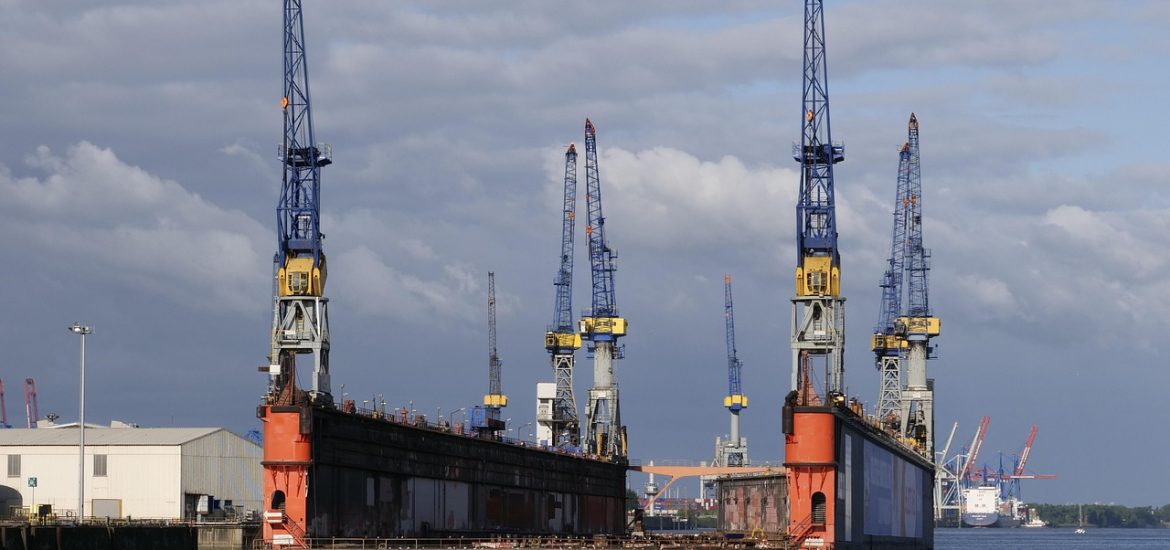
In a move that could significantly enhance the United States’ naval capabilities, America’s top military shipbuilder has signed a partnership agreement with a leading South Korean shipbuilding firm. Experts view this development as a crucial step in helping the U.S. keep pace with China’s rapidly expanding naval fleet.
Huntington Ingalls Industries (HII), headquartered in Virginia, formalized a memorandum of understanding (MOU) with Hyundai Heavy Industries of South Korea during a major defense industry event in Maryland. The agreement aims to explore ways to boost U.S. ship production through collaborative strategies and shared expertise.
Brian Blanchette, Executive Vice President at HII, emphasized the importance of this agreement in strengthening national defense. “This partnership is about maximizing opportunities to enhance American shipbuilding capacity in support of our security needs,” he said. “Through collaboration with our international partners, we can speed up the production of high-quality vessels.”
Both companies are experienced builders of Aegis-class destroyers, a vital component of surface fleets in both countries. These warships play a key role in defense systems, particularly in intercepting ballistic missiles—a growing threat from adversaries such as China and North Korea.
In a statement, Hyundai Heavy Industries noted the significance of the collaboration, pointing out that this is the first time two top-tier shipbuilders from South Korea and the U.S. have joined forces on such a scale. Hyundai operates the world’s largest shipyard in Ulsan and is responsible for constructing roughly 10% of all ships worldwide.
Security analysts have long advocated for increased cooperation between the United States and its allies—particularly South Korea and Japan—in the naval sector. With China’s shipyards producing new vessels at an unprecedented pace, the U.S. Navy has struggled to maintain its fleet size due to limited shipyard infrastructure and a shortage of skilled labor.
Retired Navy Captain and analyst Carl Schuster sees the MOU as a meaningful step forward. He explained that although U.S. laws currently restrict the construction of warships on foreign soil, existing regulations do allow foreign yards to handle maintenance and repairs. With American shipyards facing a significant maintenance backlog, this collaboration could provide near-term benefits.
This isn’t the first time South Korean expertise has aided U.S. naval efforts. Hanwha Ocean, another major shipbuilder, recently completed a months-long overhaul of a U.S. supply vessel—a milestone praised by U.S. naval leadership for improving efficiency and readiness.
Hyundai Heavy’s executive for naval shipbuilding, Joo Wonho, stated that the goal of the partnership extends beyond shipbuilding. “We hope to not only strengthen both countries’ capabilities but also reinforce the security alliance between our nations,” he said.
South Korean lawmaker Yu Yong-weon echoed this sentiment, calling the agreement a “mutually beneficial model” for future defense cooperation. He noted that such collaborations could support the broader strategic objective of maintaining a regional balance of power.
The potential for further impact is significant. Hyundai has indicated it has the capacity to construct five or more destroyers per year—well above the current U.S. production rate. In the long run, Schuster believes the partnership could help train American workers, alleviating the labor bottleneck that has hindered U.S. shipbuilding for years.
With growing global security concerns, this alliance between U.S. and South Korean shipbuilders could play a pivotal role in shaping the naval power landscape in the coming years.





